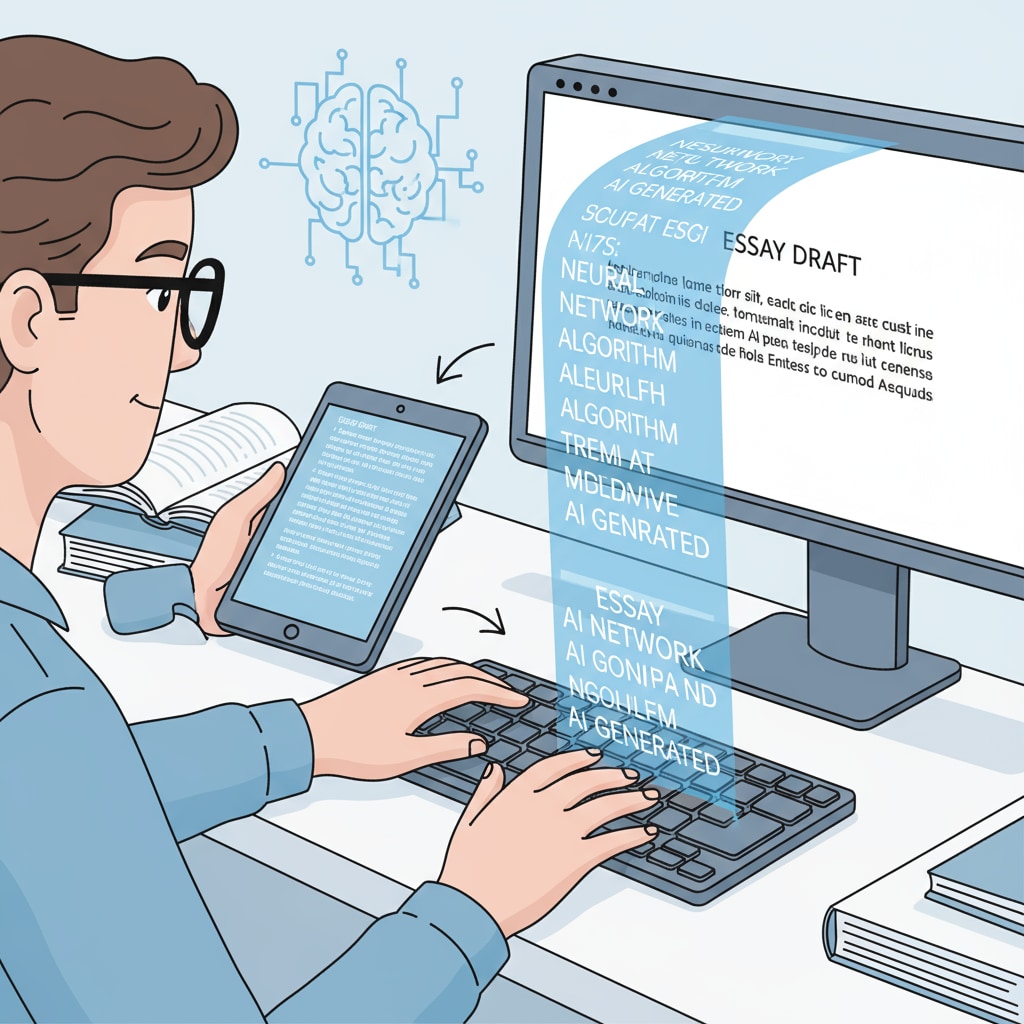AI detectors, manual input, and text rewriting have become hot topics in the realm of education, especially with the increasing prevalence of AI writing tools in K12 settings. As students look for ways to bypass AI detection, it’s crucial to examine whether manually inputting AI-generated content can truly be an effective strategy.

The Rise of AI Writing Tools and Evasion Tactics
AI writing tools have made significant inroads in education. These tools can generate high-quality text in a short time, leading some students to use them to complete assignments. In response, educational institutions have deployed AI detectors to identify such unethical behavior. However, students are now exploring methods like manual input to get around these detectors. For example, a student might generate an essay using an AI tool and then painstakingly type it out by hand, believing this will prevent detection. This practice has sparked a debate about the integrity of the educational process. According to Wikipedia’s entry on Artificial Intelligence in Education, the use of AI in education is both a boon and a challenge, with the issue of detection evasion being a major concern.

The Inner Workings of AI Detectors
To understand if manual input can evade AI detection, it’s essential to know how AI detectors operate. These detectors analyze various aspects of a text, such as language patterns, vocabulary usage, and syntactic structures. They compare the submitted text against a vast database of known AI-generated and human-written texts. However, manually inputting AI-generated content can potentially disrupt these detection mechanisms. When a student types the content manually, it might introduce small variations in typing speed, punctuation, and even minor spelling mistakes that an AI detector might misinterpret as human-generated text. As Britannica’s article on Artificial Intelligence states, the development of AI detectors is an ongoing process, constantly evolving to keep up with new evasion techniques.
Despite the potential for manual input to deceive detectors, it’s not a foolproof method. AI detectors are becoming more sophisticated, and some can still identify patterns characteristic of AI-generated text even after manual input. Moreover, the educational implications of such evasion tactics are significant. If students are allowed to get away with using AI-generated content through manual input, it undermines the development of their critical thinking, writing, and research skills. In addition, it erodes the foundation of educational integrity, which is crucial for a fair and effective learning environment.
Readability guidance: By breaking down the complex topic into smaller sections and using clear headings, we make the content more accessible. The use of examples and external references adds credibility. Each H2 section provides a focused discussion on a key aspect related to AI detection evasion.


